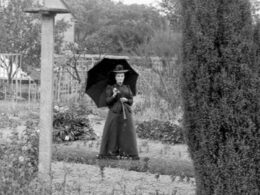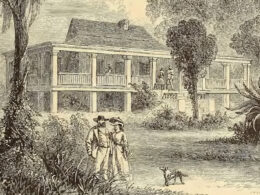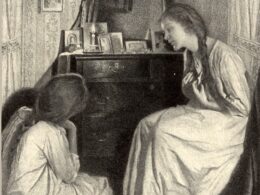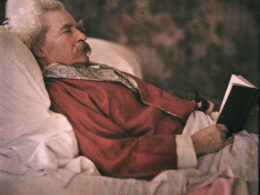From Jim Crow: Voices from a Century of Struggle (Part One: 1876–1919)
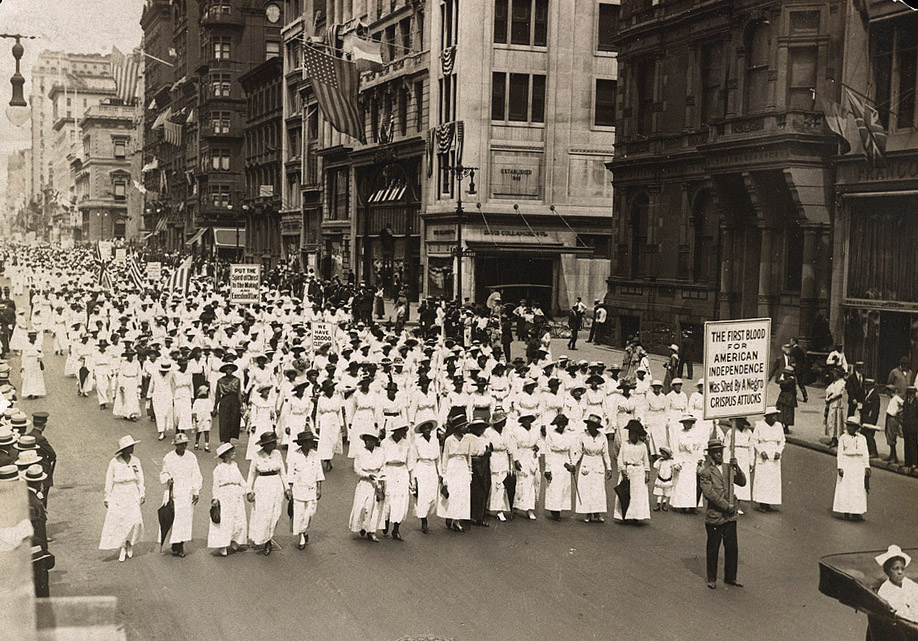
The Silent Protest Parade took place in New York on July 28, 1917. The event that precipitated the protest was the East St. Louis massacre earlier that month, on July 1–2, when hundreds of black men, women, and children were killed or wounded by white mobs. The violence in East St. Louis was only the latest of a series of lynchings and other atrocities that had spread throughout the country in the decades since the end of Reconstruction.
In the days before the parade, Black civil and religious leaders distributed a flyer that began:
To the People of African Descent: There will be 10,000 Negroes in line at 1 o’clock Saturday, July 28th, on 59th Street and Fifth Ave. to 23rd Street and Madison Square where the procession will end. . . . The Children will lead the parade followed by the Women in white, while the Men will bring up the rear. The laborer, the professional men—all classes of the Race—will march on foot to the beating of muffled drums. The native born, the foreign born, united by the ties of blood and color, all owing allegiance to the Mother of races will parade silently with the flags of America, England, Haiti, and Liberia.
James Weldon Johnson, field secretary of the NAACP, described the Silent Protest Parade in “An Army with Banners,” an article for the weekly newspaper The New York Age. We reproduce that article as our Story of the Week selection, with an introduction that summarizes the horrific events in East St. Louis.
